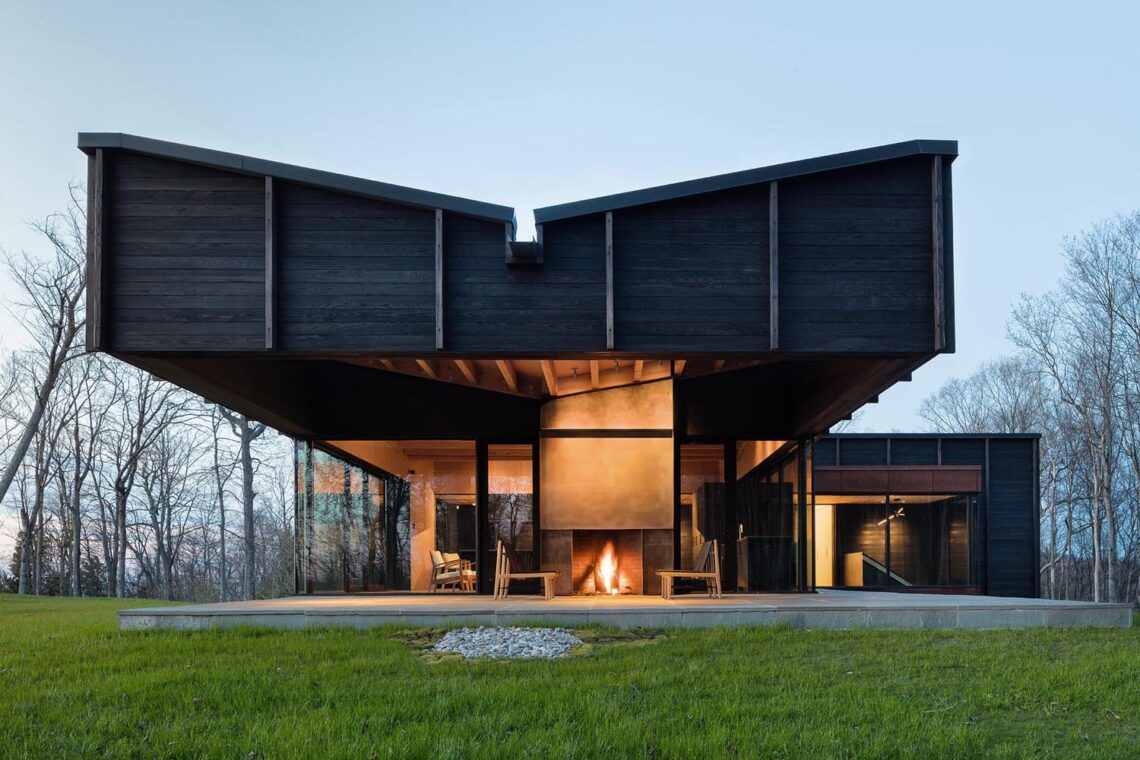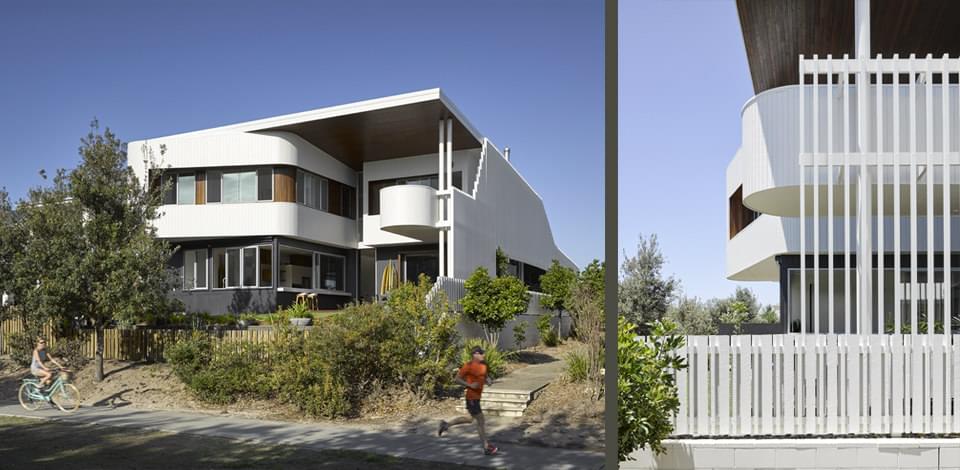How Residential Architects Produce Customized Houses for every single Way Of Life
The process by which domestic designers style personalized homes is a nuanced interplay of recognizing customer demands and converting those understandings right into practical living areas. Through comprehensive assessments and the use of design devices, designers catch the essence of their customers' way of livings, making certain that each home shows personal worths and desires.
Recognizing Client Needs

Efficient communication is extremely important in this procedure. Architects should urge clients to express their way of lives, family characteristics, and future ambitions, guaranteeing that the design shows their distinct identification. By utilizing devices such as surveys, interviews, and visual studies, designers can collect important understandings into the customer's vision.
Furthermore, understanding the context in which a home will certainly exist is important. Engineers should consider aspects such as the site features, regional environment, and cultural influences that can influence the design. This alternative approach enables the production of spaces that are not only cosmetically pleasing but sustainable and likewise sensible.
Ultimately, a deep understanding of client needs makes it possible for architects to create personalized homes that boost the top quality of life for their residents, promoting a feeling of belonging and convenience within their living settings.
Design Process and Collaboration
The style procedure in household architecture is a dynamic interplay of imagination and partnership, where designers, customers, and numerous stakeholders work closely to bring a vision to life. This iterative journey normally starts with a collection of conferences to develop a detailed understanding of the customer's ambitions, choices, and way of life demands. Throughout these discussions, designers gather important information, enabling them to conceptualize layouts that straighten with the customer's vision.
Complying with the preliminary examinations, the style phase evolves through illustrations, 3D versions, and architectural renderings. This aesthetic interaction works as a tool for designers to present concepts, while likewise inviting customer responses, making certain that the last style resonates with their assumptions. Efficient collaboration with engineers, professionals, and indoor designers is vital during this phase, as it ensures that all functional aspects of the project are perfectly incorporated.

Incorporating Way Of Living Elements
Incorporating lifestyle components into property layout is important for producing areas that truly reverberate with the residents. residential architecture homes. This procedure starts with comprehending the one-of-a-kind needs, choices, and daily regimens of the property owners. Architects participate in thorough conversations to reveal how the individual or family utilizes their area, whether for entertaining visitors, seeking leisure activities, or seeking silent resort
As soon as these insights are collected, architects can tailor style attributes that improve daily experiences. Open floor strategies might be developed for families that prioritize togetherness, while devoted work areas can be incorporated for those that function from home. Outdoor areas, such as gardens or patios, can be highlighted for family members that take pleasure in outside tasks or enjoyable.
Furthermore, adaptability is a vital consideration; multi-functional spaces enable versatility as way of livings develop with time. Custom-made storage space options can also be integrated to fulfill certain company demands, guaranteeing that the home continues to be clutter-free and functional. Ultimately, by thoughtfully weaving way of living elements into the building textile, domestic designers produce personalized homes that not just meet visual wishes but also considerably boost the quality of life for their customers.
Lasting and Smart Style
Lasting and wise design significantly plays a pivotal function in household style, as property owners seek to lessen their environmental impact while improving their living experiences. Engineers are now incorporating eco-friendly materials, energy-efficient systems, and cutting-edge modern technologies to develop homes that not only meet aesthetic needs yet additionally offer the planet.
Incorporating renewable energy sources, such as solar panels and wind turbines, allows property owners to harness natural sources, considerably decreasing reliance on standard power grids. Smart home technologies even more enhance sustainability by optimizing power usage via automated systems that regulate illumination, cooling, and home redirected here heating based upon tenancy and choices.
In addition, making use of lasting structure materials-- like reclaimed timber, bamboo, and reused steel-- promotes a circular economy, lowering waste and resource intake. Engineers also highlight passive style concepts, making certain homes are oriented for optimum all-natural light and ventilation, consequently reducing the need for man-made heating & cooling.
In addition to eco-friendly benefits, sustainable and smart layout adds to the general convenience and wellness of residents. By focusing on indoor air high quality and all-natural aspects, designers produce areas that cultivate health, permitting house owners to prosper in harmony with their environment.
Completing and Implementing Strategies
Completing and carrying out plans is a crucial stage in the domestic design process, where the vision of a customized home starts to materialize. This stage entails meticulous interest to detail, guaranteeing that every aspect of the layout is precisely articulated and ready for construction. residential architecture homes. Designers work together very closely with customers to examine last plans, resolving any type of final changes or problems, while making sure that all elements align with the homeowner's lifestyle requirements
As soon as plans are wrapped up, architects prepare comprehensive building documents, including comprehensive illustrations and specifications that serve as a blueprint for builders. These papers describe materials, coatings, and setup methods, Clicking Here providing clarity for subcontractors and contractors. In addition, safeguarding required licenses and adhering to local building regulations is necessary, as it makes certain compliance and smooth job implementation.
Efficient interaction is essential throughout this stage. Routine updates and discussions with building contractors aid to minimize potential problems before they develop. By this article promoting a joint atmosphere, engineers can assure that the implementation aligns with the original vision. Ultimately, this critical phase changes concepts into reality, laying the foundation for a home that mirrors the unique way of living and choices of its occupants.
Conclusion
Finally, household engineers play a crucial duty in crafting personalized homes that accommodate diverse way of lives. Through precise understanding of customer needs, collaborative layout processes, and the integration of way of life components, engineers make sure that each home reflects individual preferences. The incorporation of clever innovations and lasting methods better improves capability and ecological responsibility. Ultimately, the initiatives of domestic designers finish in the realization of personalized living rooms that promote convenience and health for their citizens.
The process by which domestic engineers layout customized homes is a nuanced interaction of recognizing client needs and converting those understandings into useful living areas. With comprehensive consultations and the usage of layout tools, architects catch the essence of their customers' way of lives, ensuring that each home mirrors personal worths and goals. Engineers must encourage customers to articulate their way of livings, household characteristics, and future aspirations, guaranteeing that the layout shows their unique identity.The layout process in household design is a vibrant interplay of imagination and cooperation, where designers, customers, and various stakeholders work very closely to bring a vision to life - residential architecture homes. Through careful understanding of customer needs, joint layout processes, and the combination of way of living elements, designers make certain that each home reflects private choices